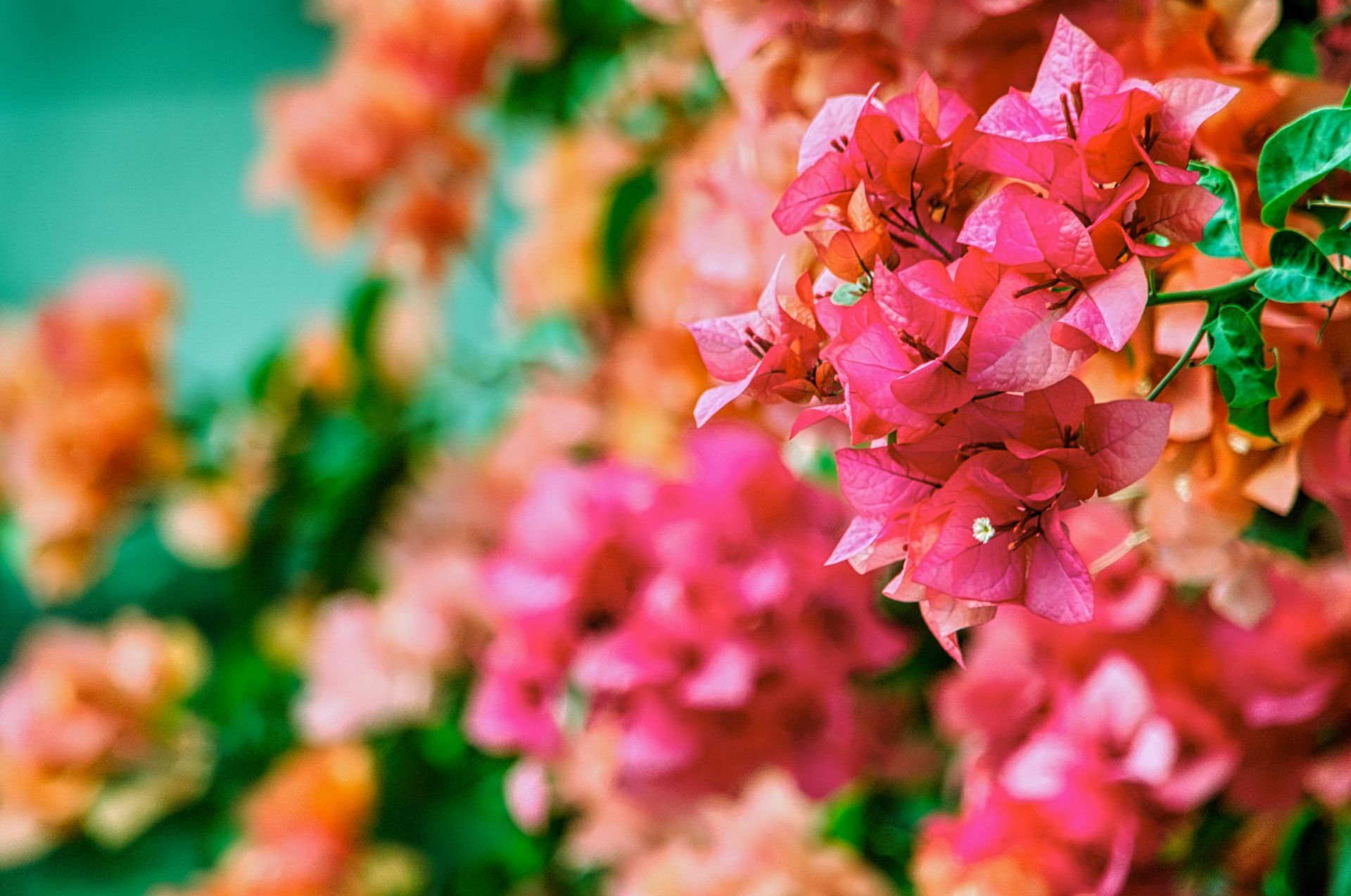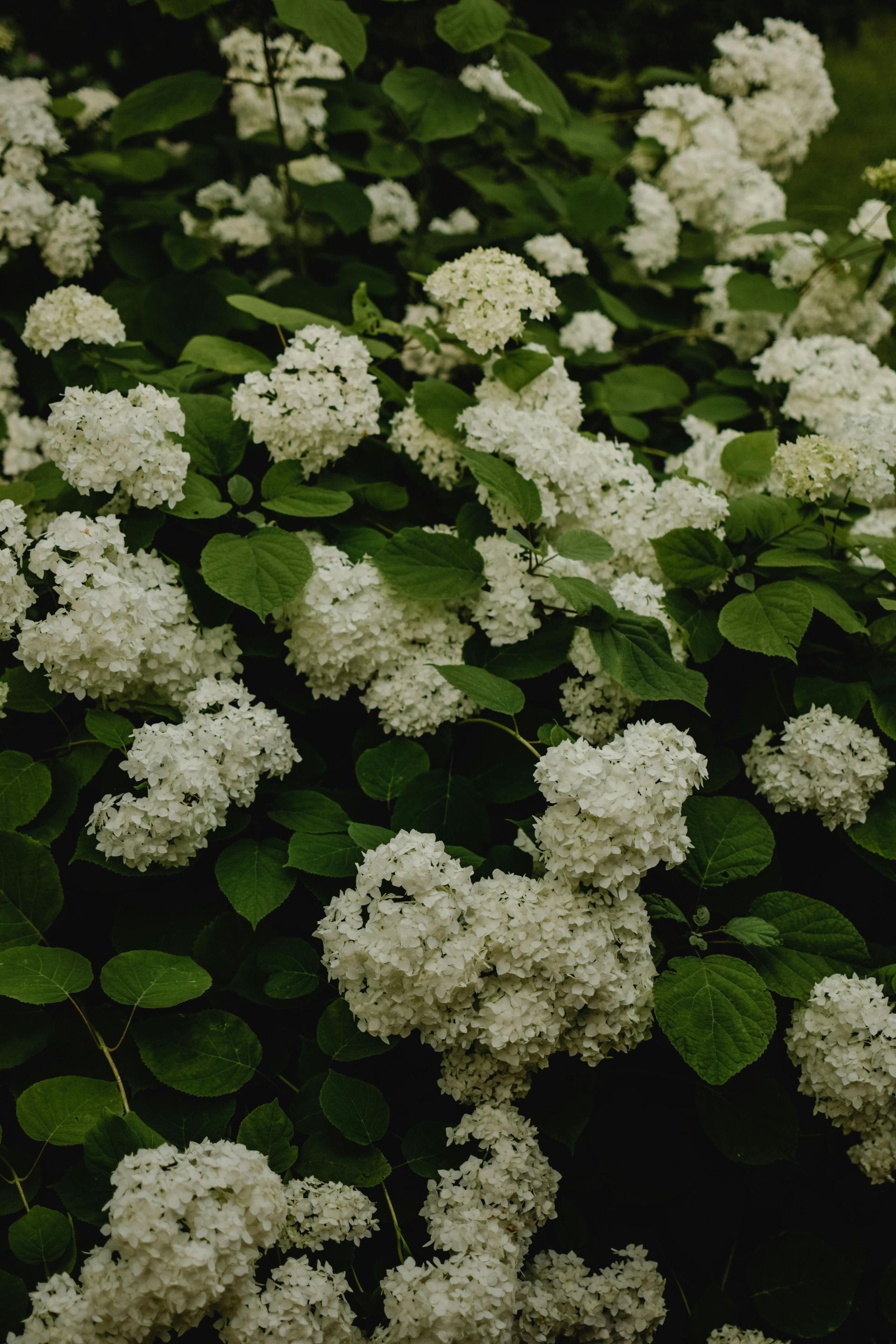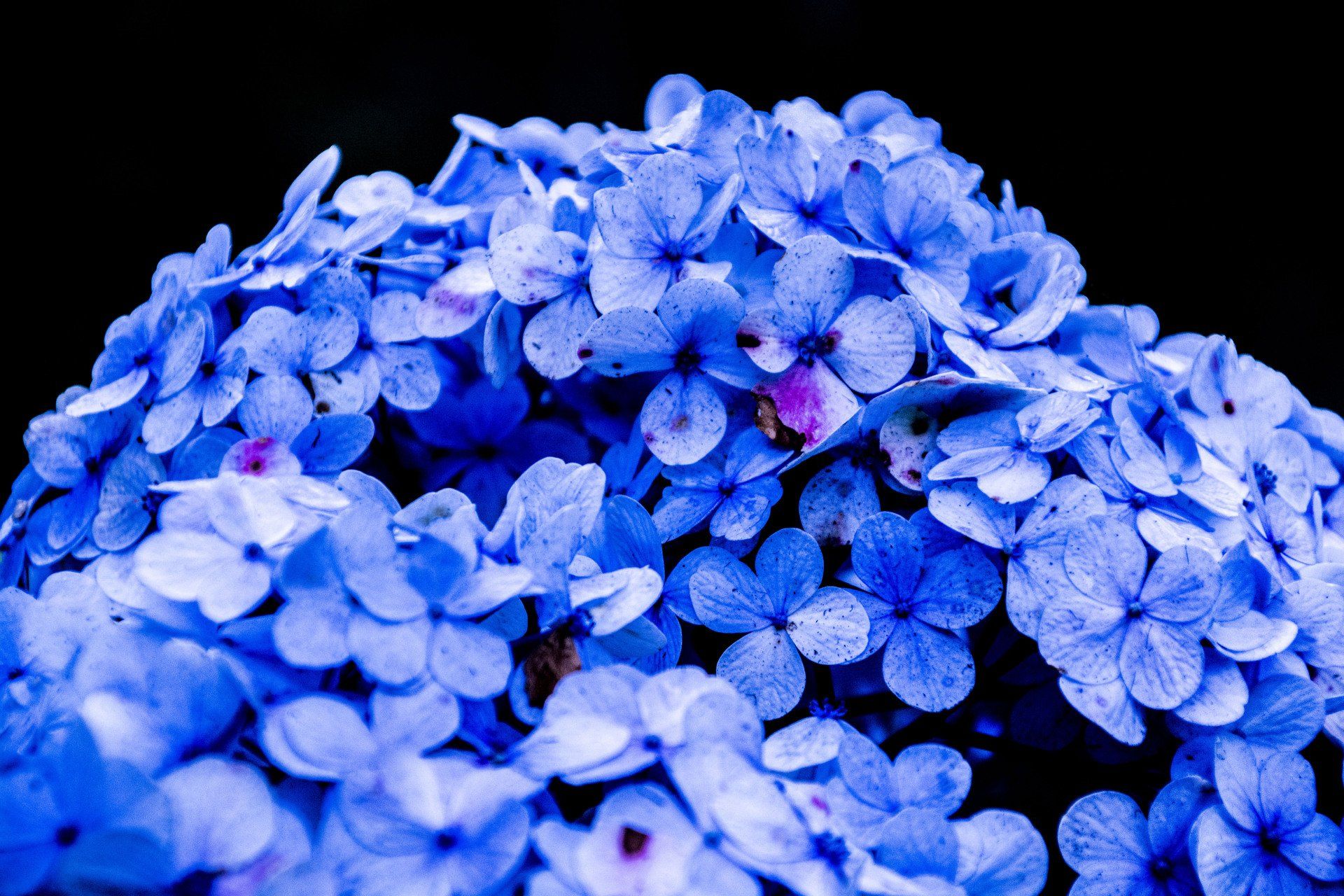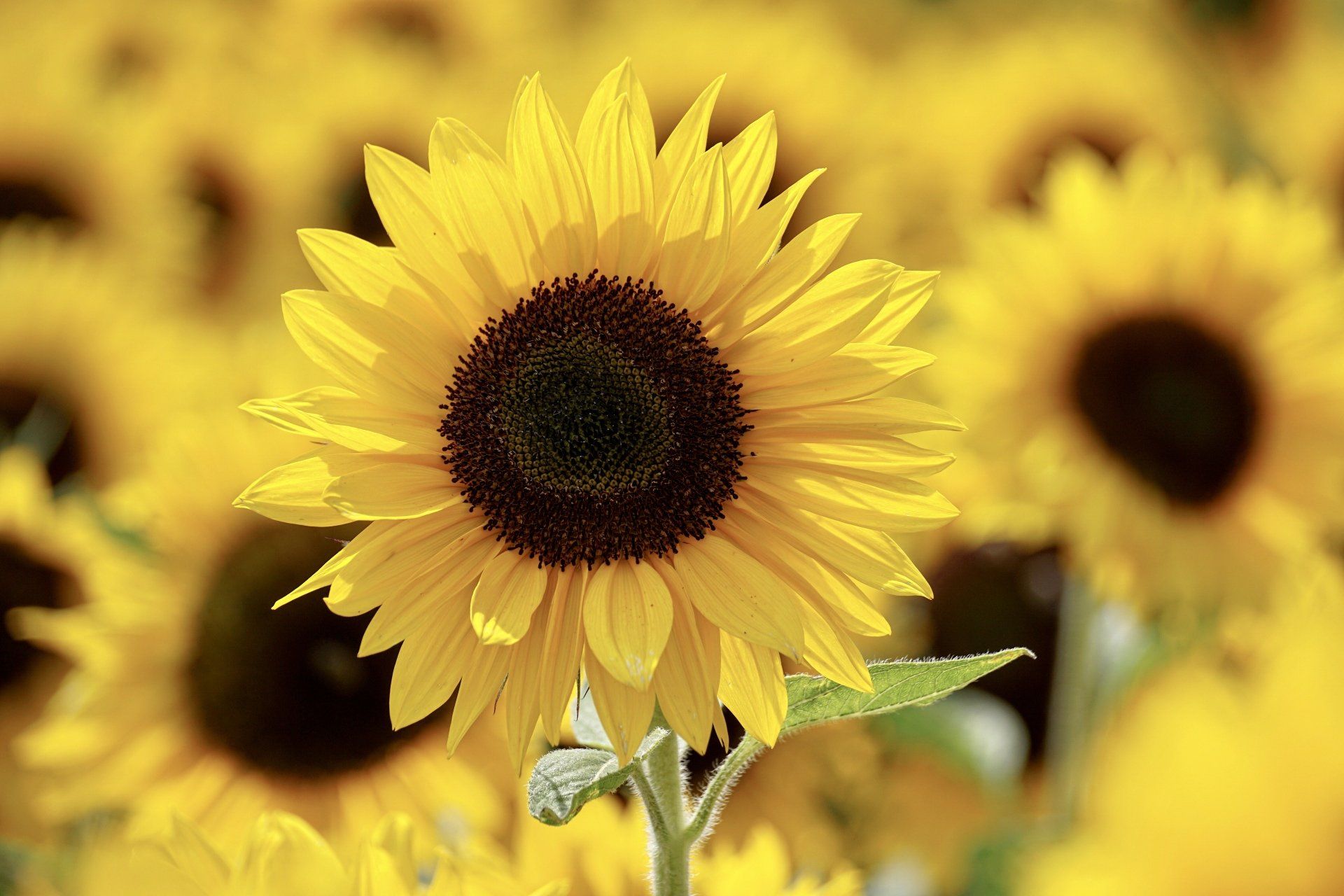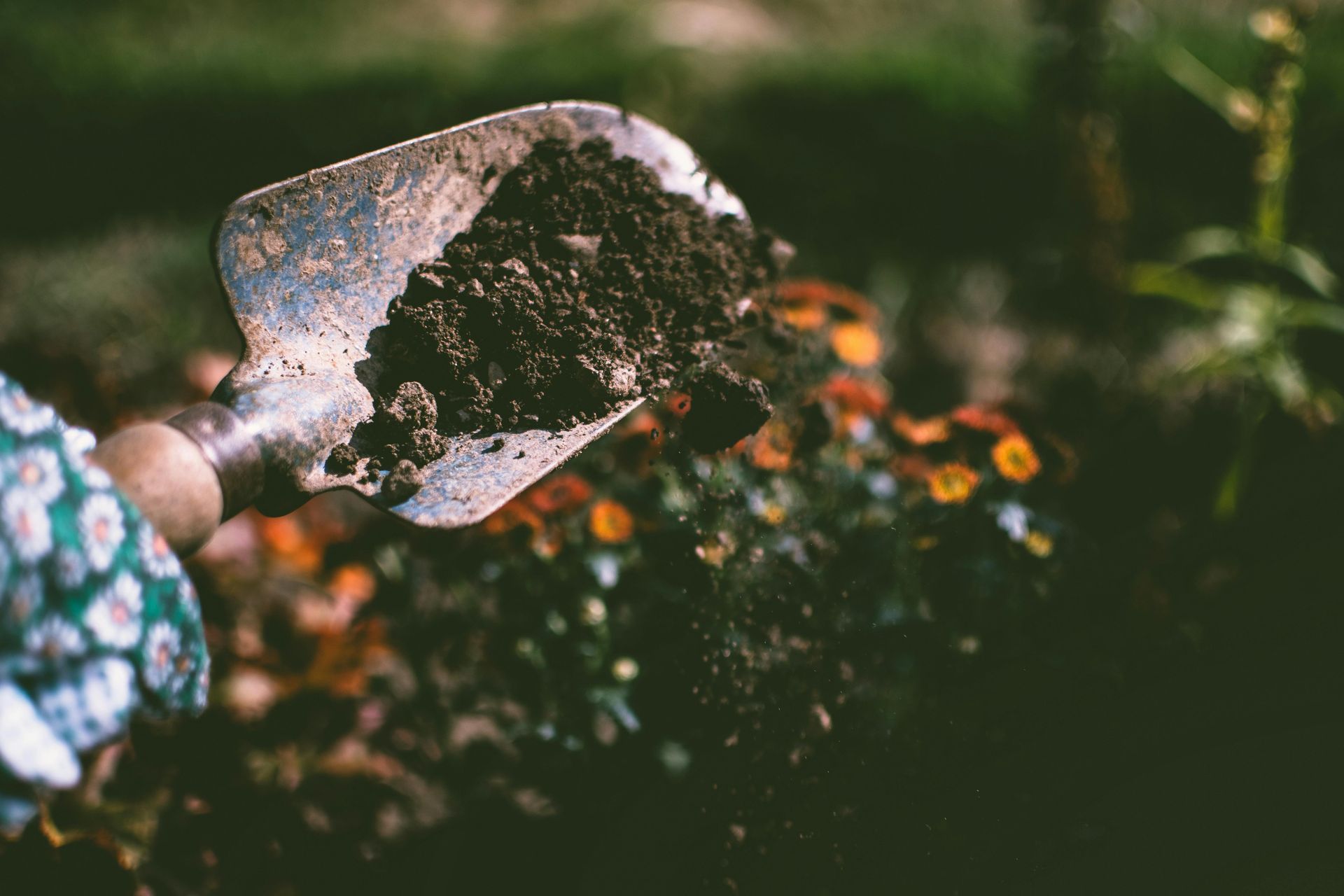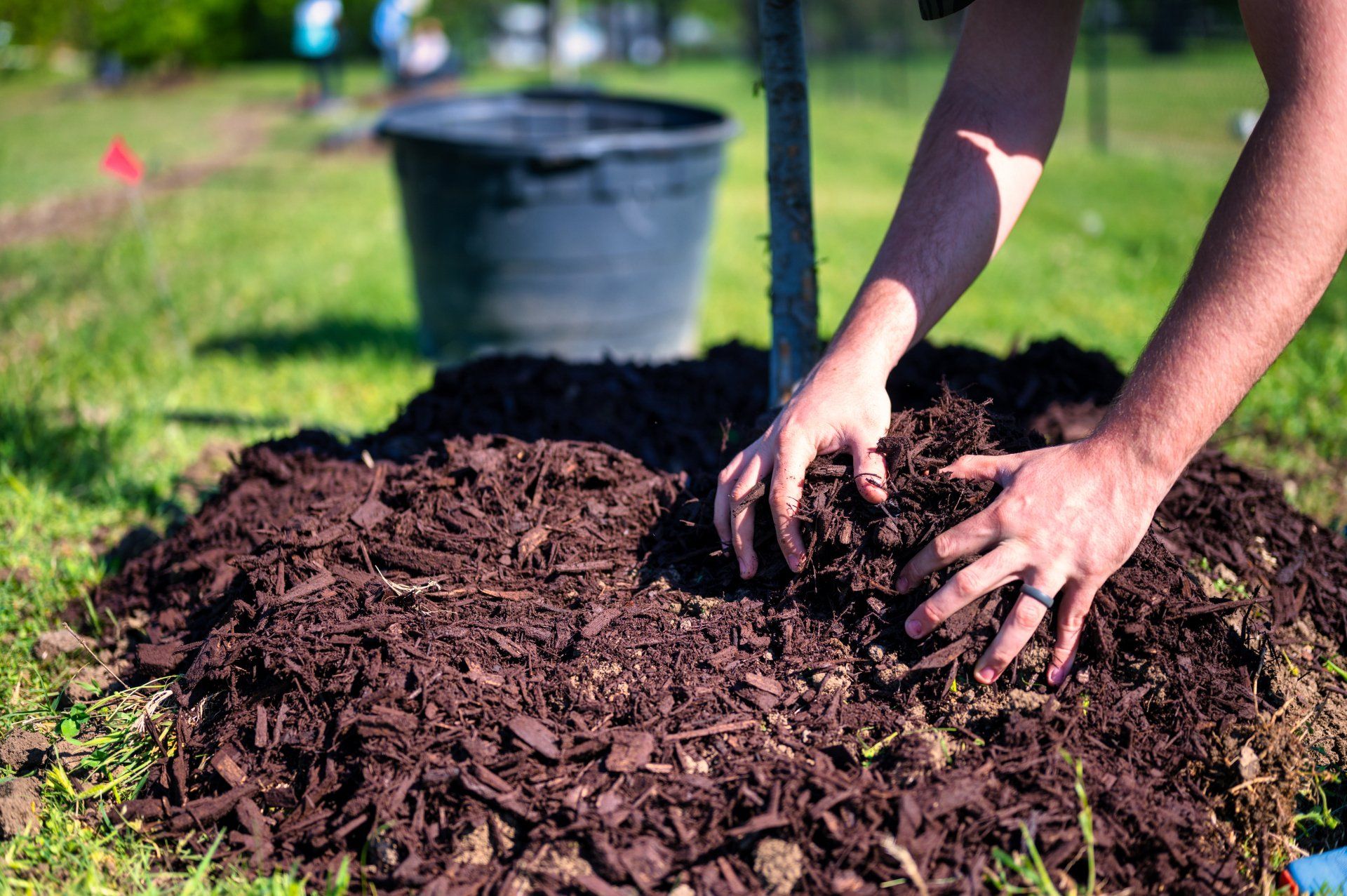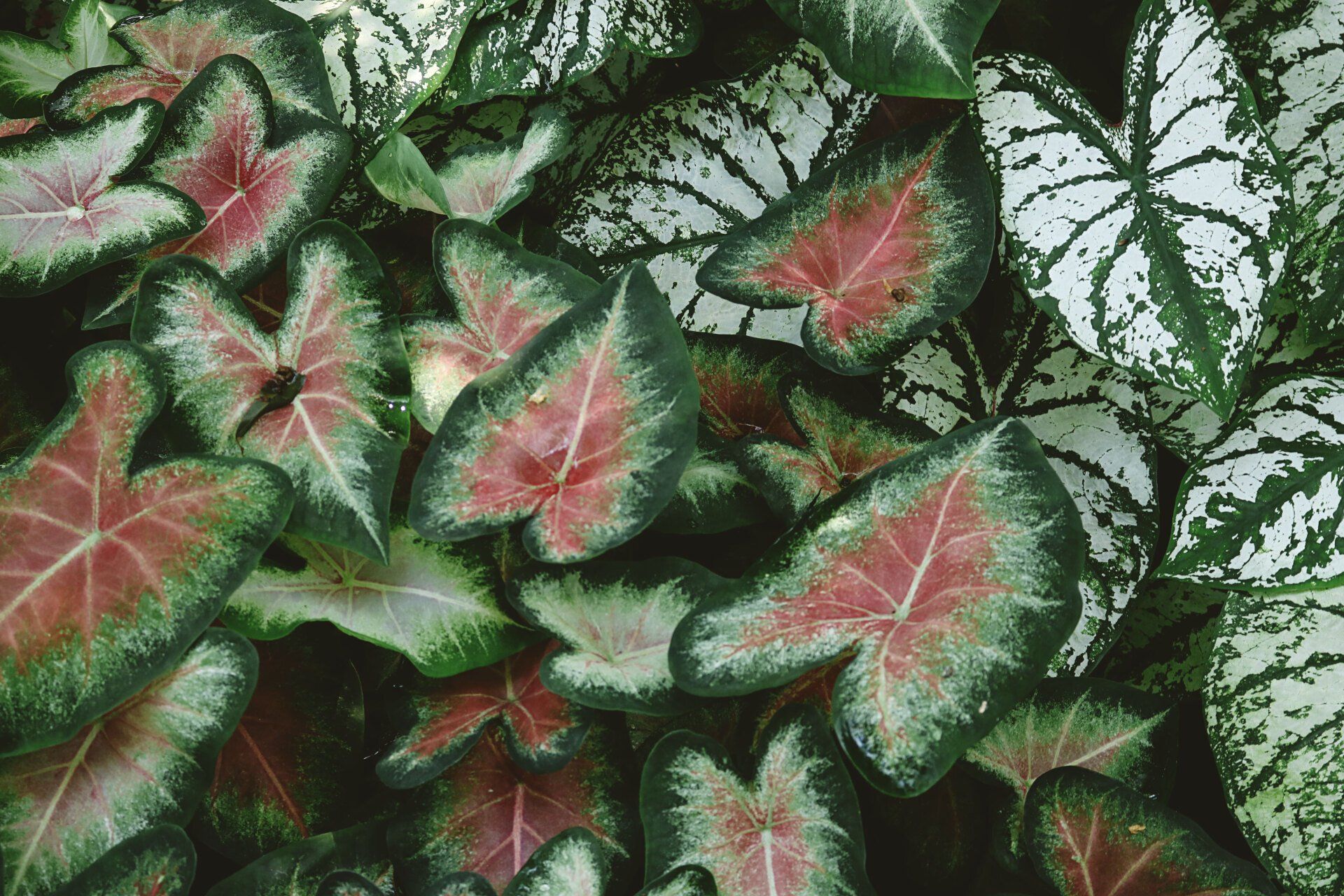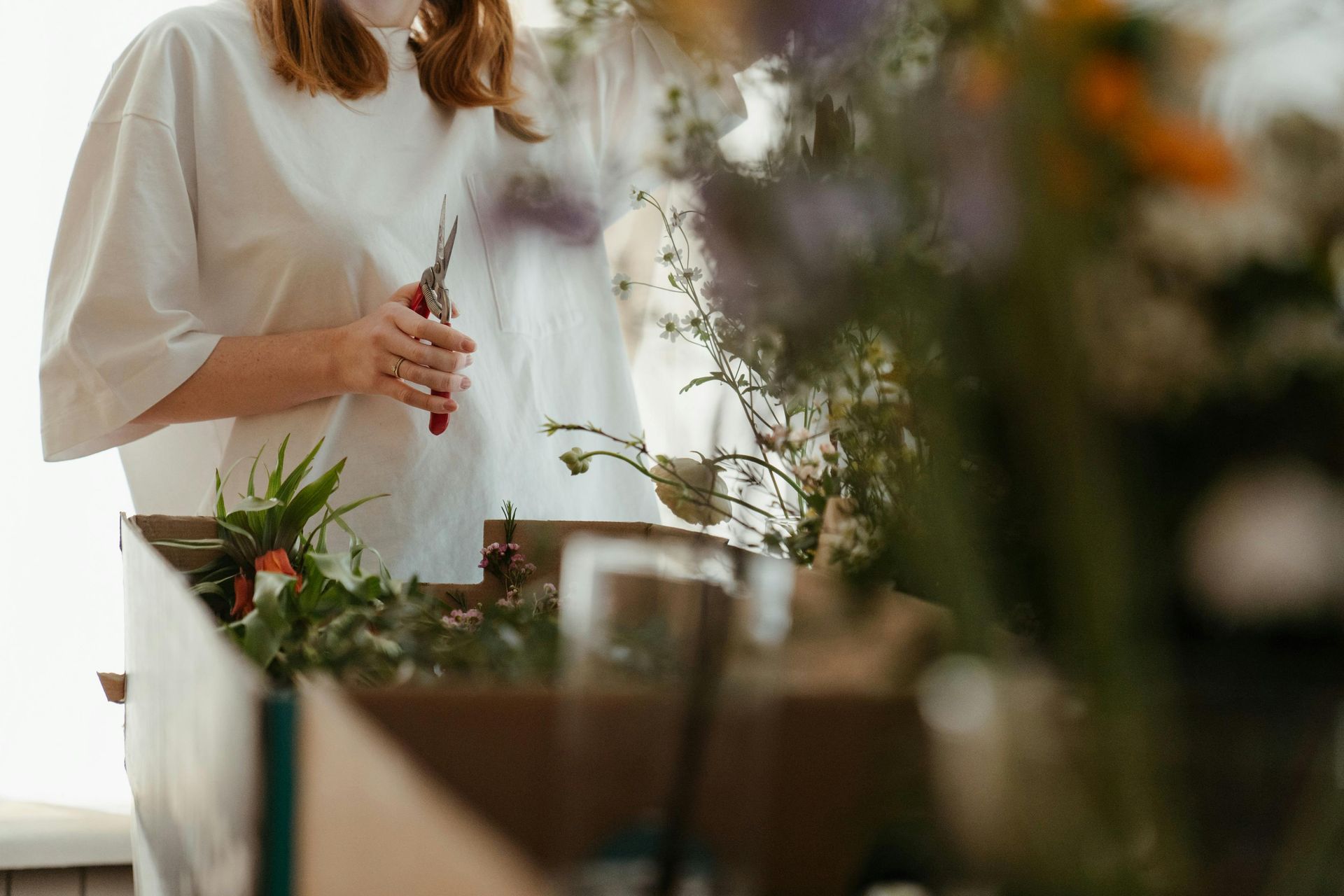"Scent" Sational Plants
If you love the beauty of a garden as well as sweet-smelling flowers and plants to give both your eyes and nose a Springtime delight, then check out these “nose”worthy specimens!
Gardenia:
Gardenias are one of the most iconic sweet-smelling shrubs around, and we are lucky that they do so well in our climate. Their smell is often bottled for perfumes or added to extracts in soaps and lotions. Planting these at an entrance or around your outdoor entertaining area is sure to have your guests breathing in a deep breath to savoy the smell.
Butterfly Bush, Buddleia:
While there are many different varieties of Butterfly Bush with colors ranging from white to purple, pink, blue or even yellow, two things they all have in common are their honey-like fragrance and being a magnet to butterflies. In fact they are so rich in nectar, they are highly attractive to other beneficial insects and pollinators like bees, moths and hummingbirds, too. They are flowering shrubs that produce distinctive flowers starting in spring and lasting into fall.
Scented Geranium (Pelargonium Citronella):
This perennial that we’ve also nicknamed “Mosquito Plant/Shocker” has a strong citronella scent we find pleasant, but mosquitos hate. This is an ideal plant to banish the bug (mosquitoes), which is why we recommend planting this in your entertaining area, such as in container gardens. It’s also a great plant to crush the leaves and rub them on your skin while outdoors; offer some leaves to your company as a fun “party trick!” As a bonus, it blooms clusters of lavender-pink flowers adorned with deep crimson brush marks on the tops of their petals.
Rosemary:
Rosemary is an attractive perennial shrub with fragrant leaves. It’s also a popular culinary herb with a wonderful aroma and piney taste, which goes well with chicken, steak, pastas potatoes, or soups. In liquid form, its scent is enjoyed in soaps, diffusers and more! Rosemary also blooms small, sweet blue flowers.
Skinner’s Banana Shrub:
Is this a banana tree? Nope, it’s a magnolia, but its blooms smell just like bananas! It’s a worthwhile broadleaf evergreen shrub reaching heights of 10ft in full sun. The spring time flowers are small, cup-shaped and cream in color with a pleasing banana scent! This is a perfect plant for a border or screen hedge!
Citrus Trees:
Before you can pluck an orange or other citrus for your snack, the tree becomes covered in blooms! These blooms are white, fragrant sweet-smelling flowers with the buzz of pollinators in the air nearby!
Society Garlic:
These spring-blooming perennials produce stalks of star-shaped purple flowers. The plant gets its name from not only looking like garlic/chives, but smelling like garlic. However, it’s not garlic and is ornamental only, meaning to be enjoyed by your eyes and nose and not your taste buds! It’s a great plant for a full sun flower bed or container since it only reaches about a foot tall and wide. Plus, the garlic smell adds a twist of garden delight!
Specialty Roses:
“Take Time to Stop and Smell the Roses” is an idiom that means to relax and take time out to enjoy and appreciate the beauty of life. But, it’s also literal because the Specialty Roses smell absolutely heavenly. Planting a rose garden is a beautiful way to share the love of gardening with the love of beautiful blooms, beautiful scents and flowers worthy of being in a vase for interior enjoyment.
Lavender:
Lovely lavender adds a relaxing vibe and aroma to a garden or container. Lavender grows 1-3’ tall and has those long airy spikes with soft blue-violet flowers quintessential with the Mediterranean. The oils in the flowers are what give this herb its distinctive fragrance. When inhaled, lavender has calming properties that reduce anxiety, as well as being a gentle sedative for sleep. Its name derives from the Latin root “lavare,” which means “to wash,” because it was used in baths to purify the body and spirit.
Magnolia:
Plant Louisiana’s state flower as a show of culture as well as to enjoy the fragrant (and large) white flowers of this “famous face.” This evergreen tree is low maintenance and adaptable, not to mention making a strong southern statement. The blooms begin to burst open in spring & summer unleashing the sweet aroma of its flower. Don’t want a 40’+ tree in your front yard? The Little Gems, reaching only 12-14’ tall, offer a great alternative.
Confederate Jasmine:
These are some vines that really shine…or should we say “smell?!” Planting Confederate Jasmine along a fence, on a trellis, arbor or even a mailbox, adds a beautiful look and a strong sweet smell. This evergreen climber is known for its fragrant white star-shaped blooms, which will be more prolific when planted in full sun.
Please note- All Seasons may or may not have these plants in stock available to purchase at the time you come to purchase these. If you're ever looking for something specific, please call the garden center at 337.264.1418 or send an email question via this link prior to your shopping visit!

